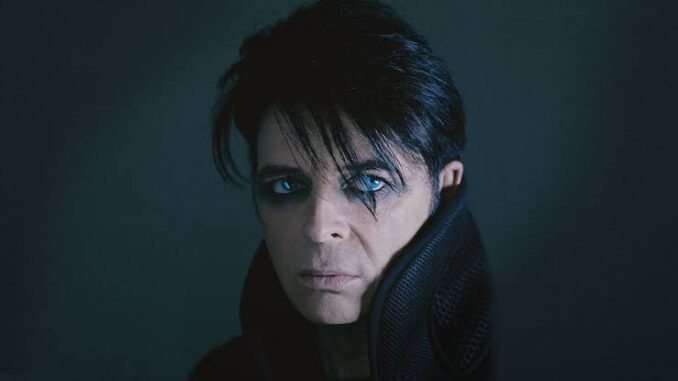
Few artists have managed to not only pioneer a genre but also remain creatively relevant across decades of radical musical transformation. Gary Numan is one of those rare figures. From his breakout hit “Cars” in 1979 to his recent brooding, industrial-tinged albums, Numan’s journey through the soundscapes of electronic music has been nothing short of revolutionary. More than just a synth-pop icon, he has repeatedly reinvented himself, redefining the possibilities of electronic music in the process.
When “Cars” first hit the airwaves, it was a sonic revelation. Sparse, mechanical, and eerily futuristic, the track encapsulated a new kind of sound — cold, detached, yet strangely emotional. Numan’s robotic vocals, combined with synthesizers that pulsed like factory machinery, offered a stark contrast to the guitar-driven rock that dominated the late ‘70s. It wasn’t just a catchy tune; it was a manifesto for a new musical frontier. With this single, Numan became a reluctant poster boy for a genre that didn’t even have a clear name yet.
But what set Numan apart was not just his use of synthesizers; it was how he used them. While contemporaries like Kraftwerk approached electronic music with a clinical precision, Numan infused it with paranoia, isolation, and emotion. His early work, especially with the band Tubeway Army and albums like The Pleasure Principle and Replicas, captured a dystopian melancholy that resonated with listeners who felt alienated by the modern world. This wasn’t dance music—it was existentialism in sound.
As the 1980s wore on and many synth-pop artists faded or veered into commercial pastiche, Numan struggled commercially but pushed deeper artistically. His willingness to experiment, to abandon chart success in favor of creative exploration, laid the groundwork for his later resurgence. While the mainstream moved on, Numan became a cult figure, revered by underground electronic and industrial musicians for his uncompromising vision.
By the 1990s, Numan had re-emerged with a dramatically darker sound. Albums like Sacrifice and Exile saw him embrace gothic and industrial elements, swapping sleek synths for distorted textures and aggressive beats. No longer the pale, android-like figure of the early MTV era, he now projected raw emotion, rage, and despair. His vocals became more human, the music more confrontational. What began as futurism had evolved into something visceral and immediate.
This darker reinvention wasn’t a marketing gimmick; it was a natural evolution. Influenced by artists like Nine Inch Nails, who themselves were influenced by Numan, he found his voice again in the tension between man and machine, emotion and noise. The feedback loop was poetic — artists who had grown up on The Pleasure Principle were now feeding back into his work, helping to shape his next chapter.
In recent years, Numan has continued to release some of the most powerful music of his career. Albums like Splinter (Songs from a Broken Mind) and Savage (Songs from a Broken World) explore themes of environmental collapse, mental health, and identity, wrapped in layers of thunderous synths and cinematic dread. These aren’t nostalgia records; they stand on their own as bold, contemporary statements. And perhaps most remarkably, they connect with a new generation of listeners who are discovering his work not through ‘80s retrospectives, but as part of the modern darkwave and industrial scenes.
What makes Numan’s legacy so compelling is that he never settled into a single identity. He is both the architect of icy, mechanical pop and a prophet of post-apocalyptic soundscapes. His work bridges the synthetic precision of early electronic music and the emotive, shadow-drenched intensity of industrial and darkwave. He didn’t just ride the wave—he changed its direction.
His influence can be heard in artists ranging from Trent Reznor to Marilyn Manson, from CHVRCHES to HEALTH. The sounds that once made Numan seem alien and uncommercial are now at the heart of contemporary music’s darkest and most innovative corners. And unlike many of his peers, he’s not simply revered for what he did in the past — he’s respected for what he continues to do now.
Gary Numan’s story is not just one of reinvention, but of endurance and clarity of vision. At every stage of his career, he’s managed to channel the anxieties of the moment through machines, turning personal alienation into something communal and cathartic. In doing so, he’s proved that electronic music can be more than dance floors and digital perfection — it can be a canvas for the soul’s most complex expressions.
From the cool detachment of “Cars” to the haunting soundscapes of darkwave, Gary Numan has shown that electronic music is not a genre, but a tool — a medium for the future, the fractured, and the fiercely human. And if his trajectory tells us anything, it’s that the machines still have more stories to tell — especially when guided by a voice like his.

Leave a Reply